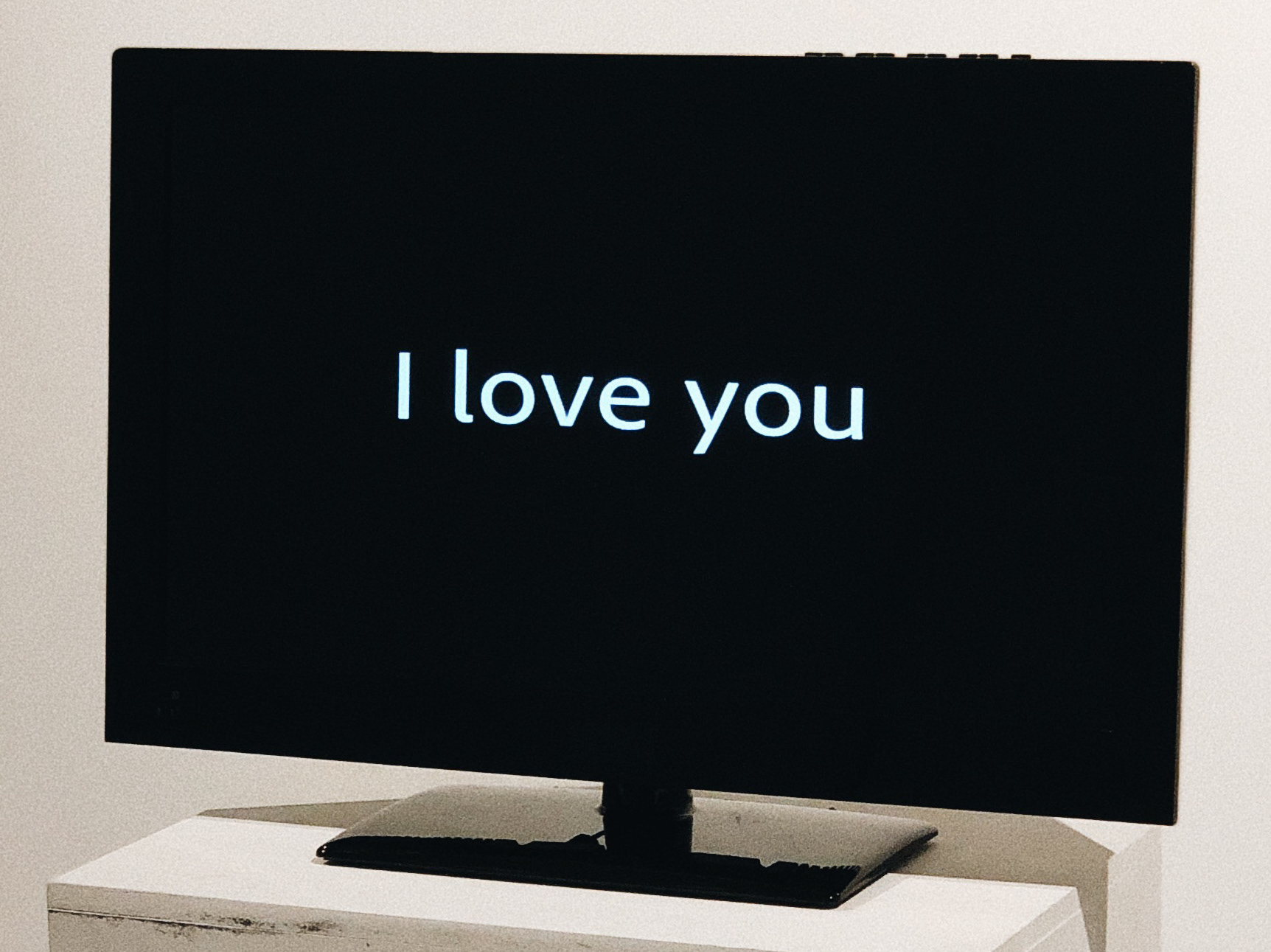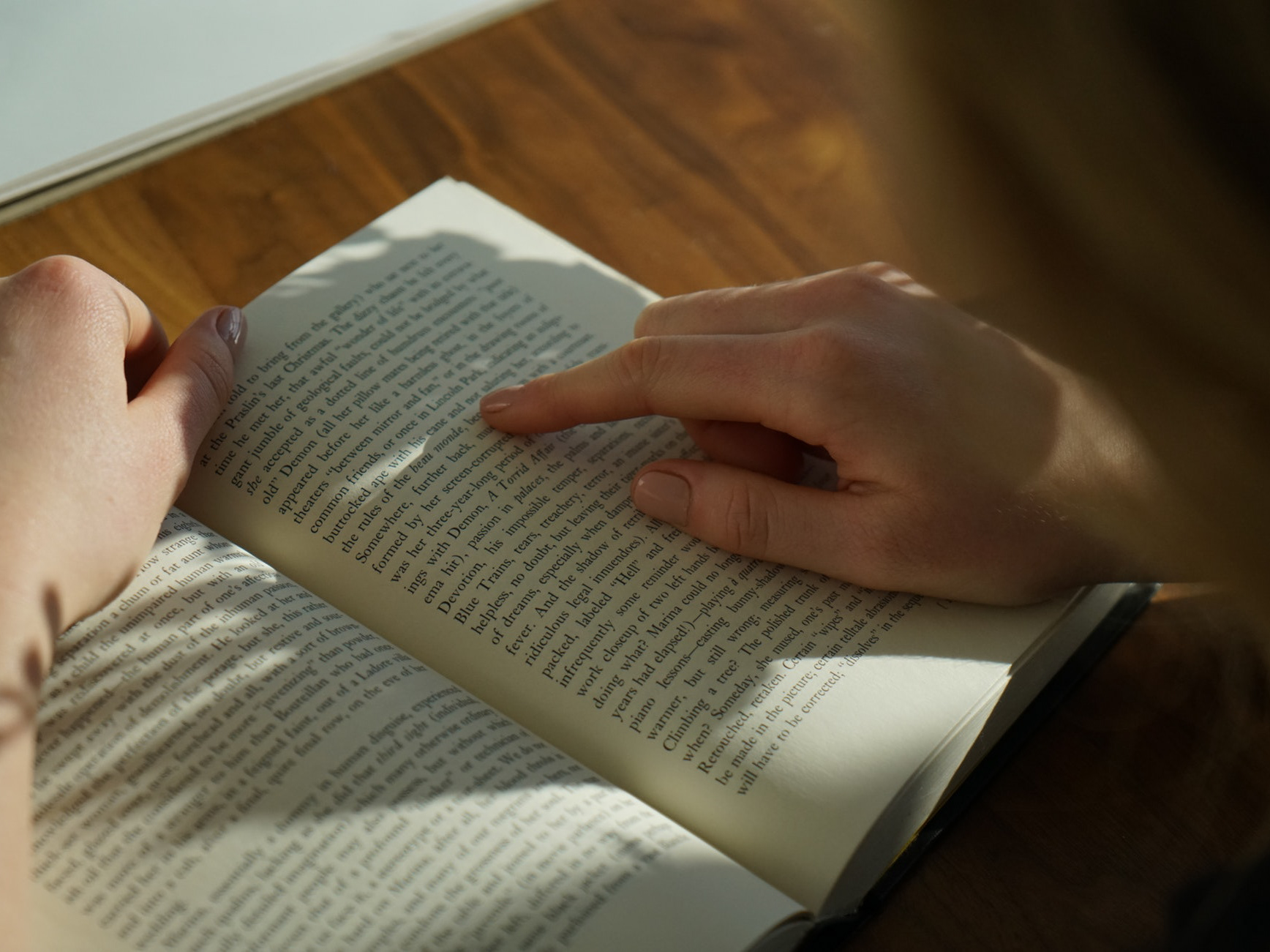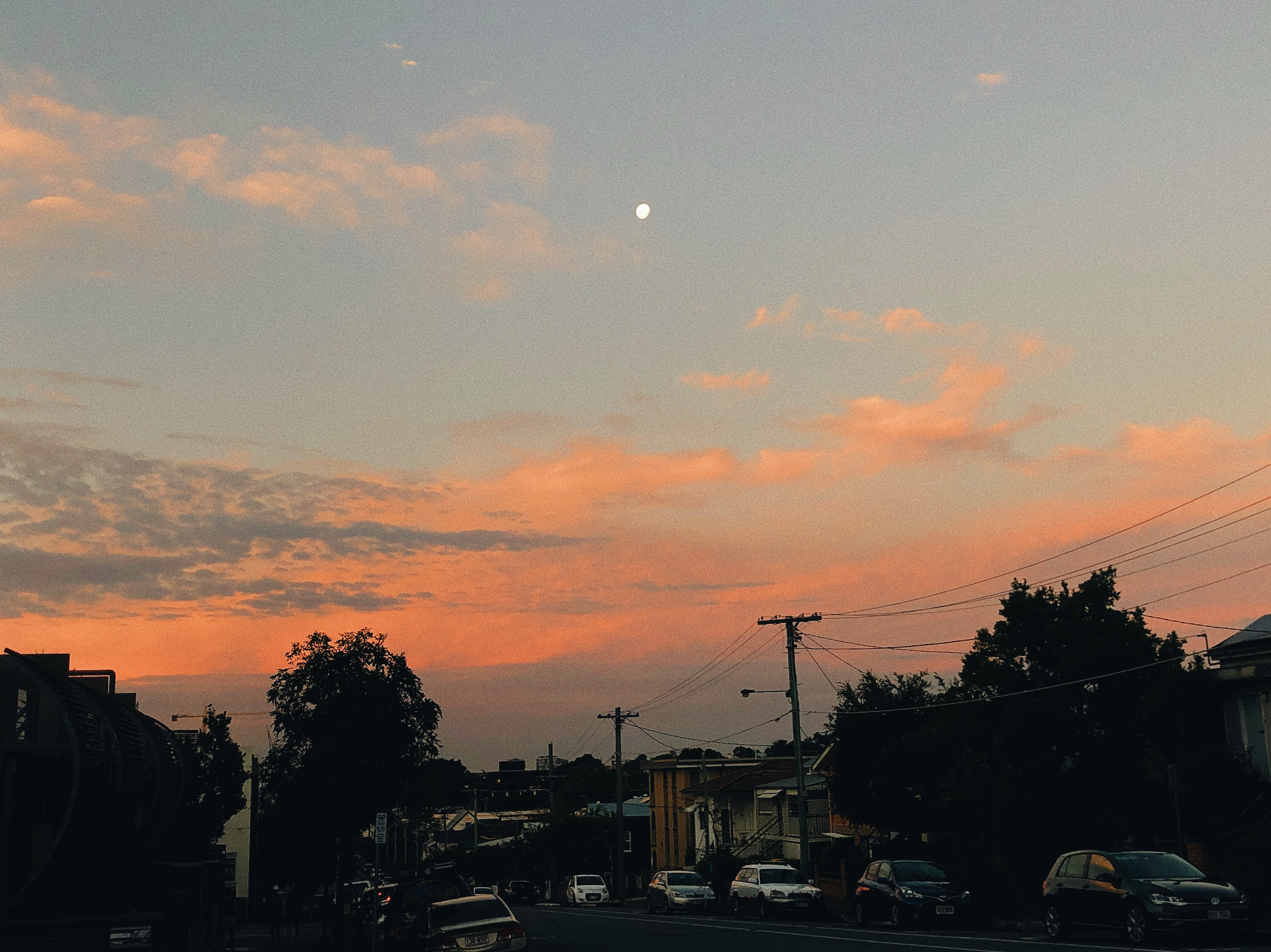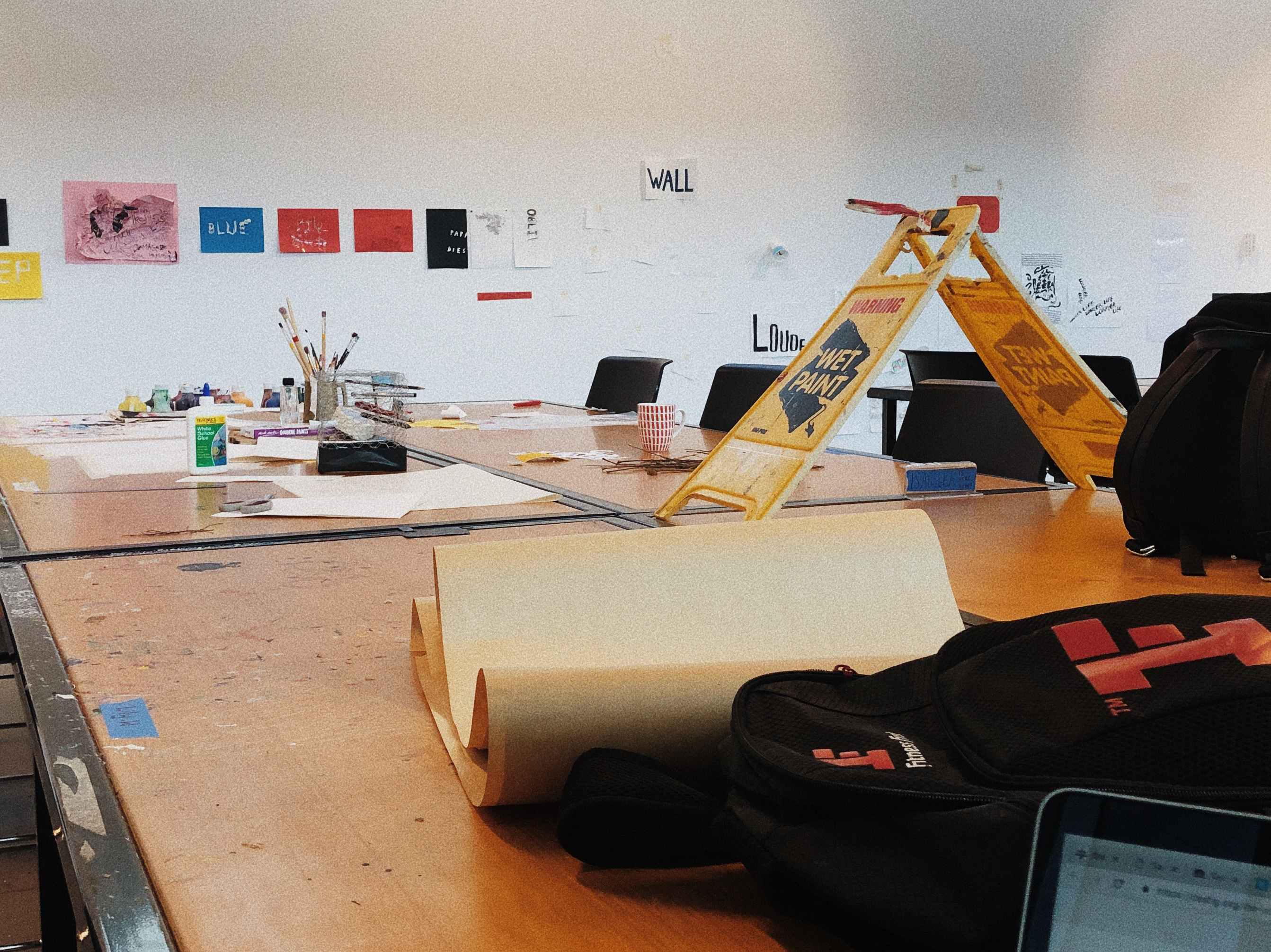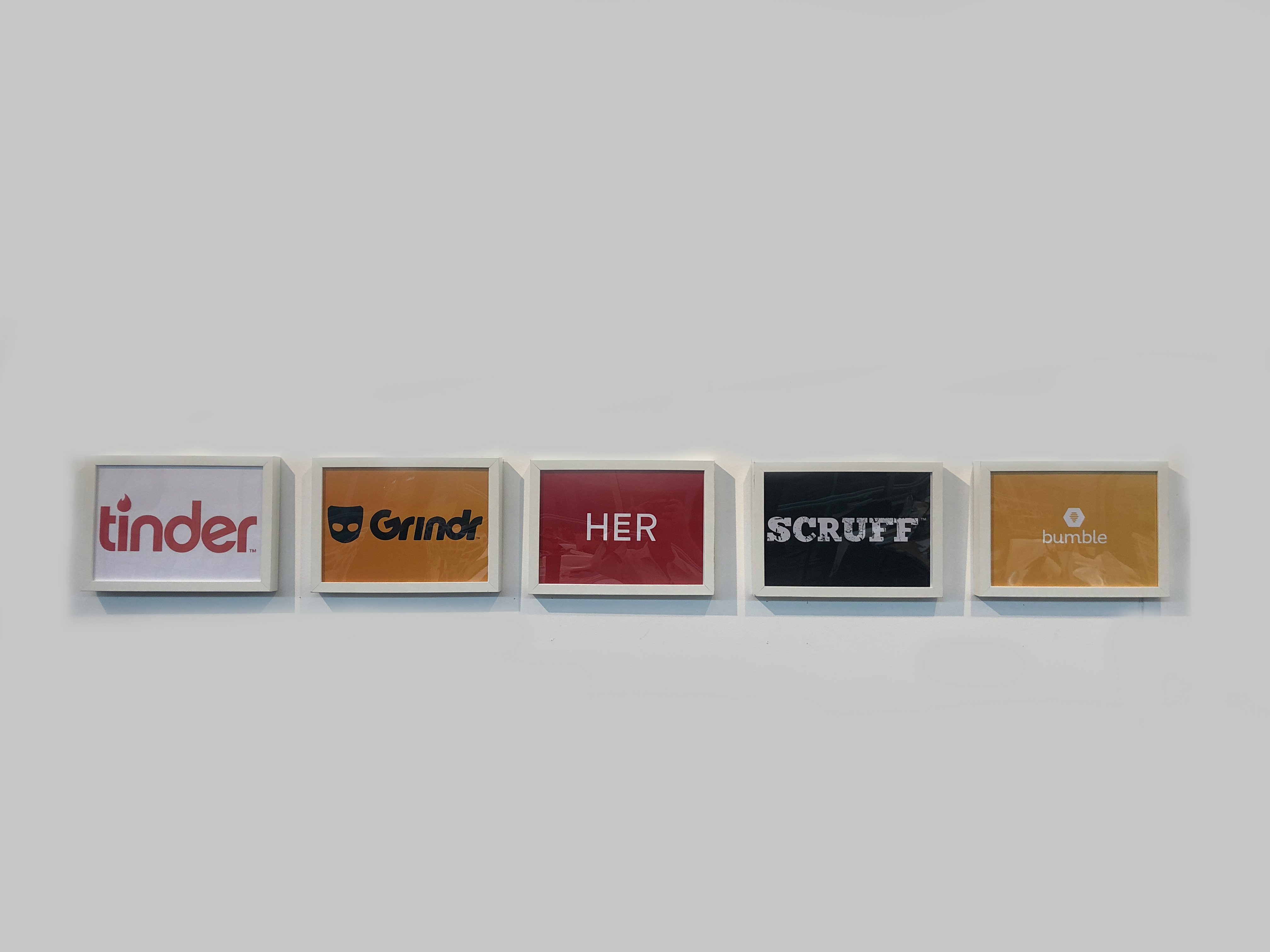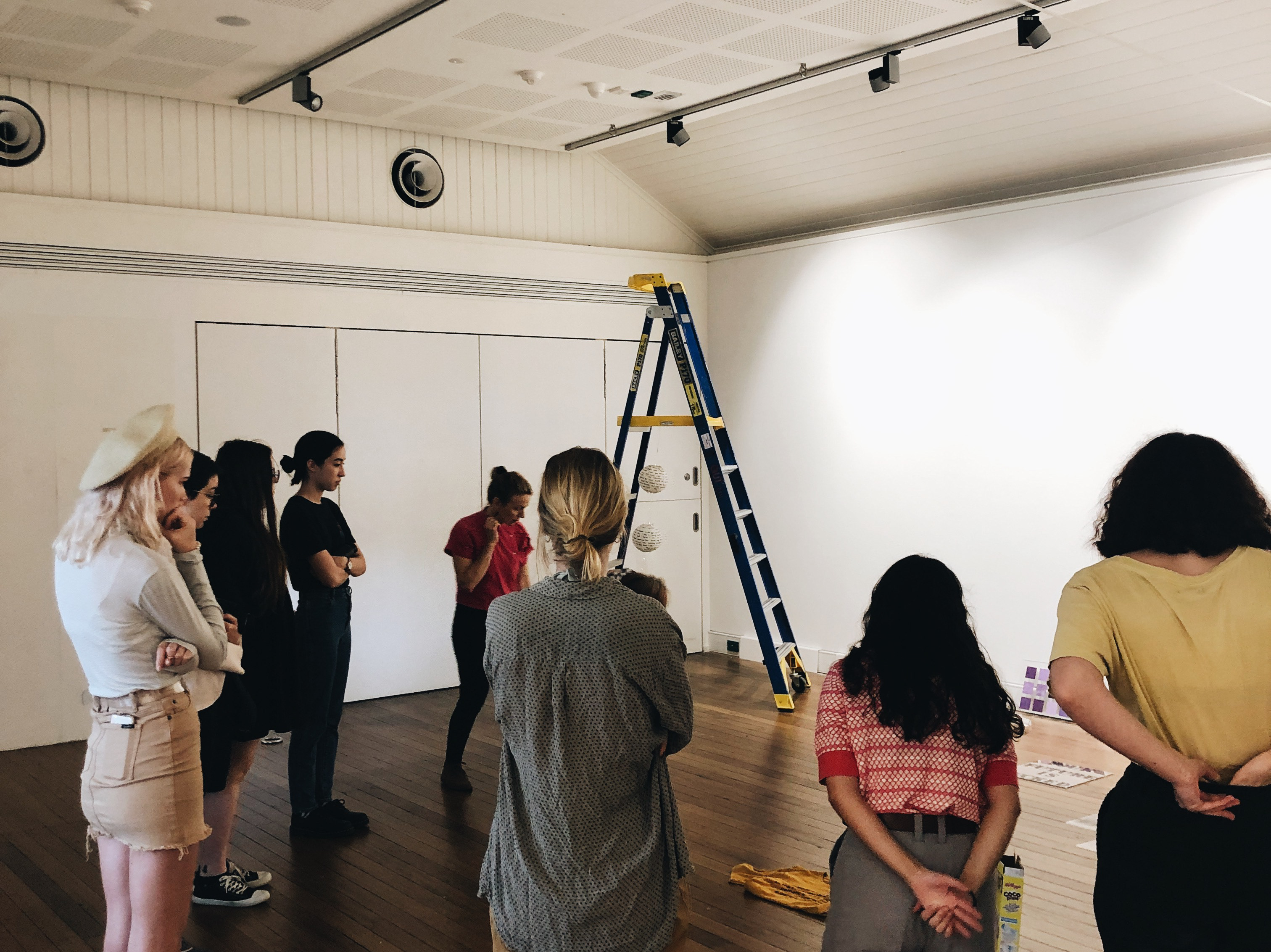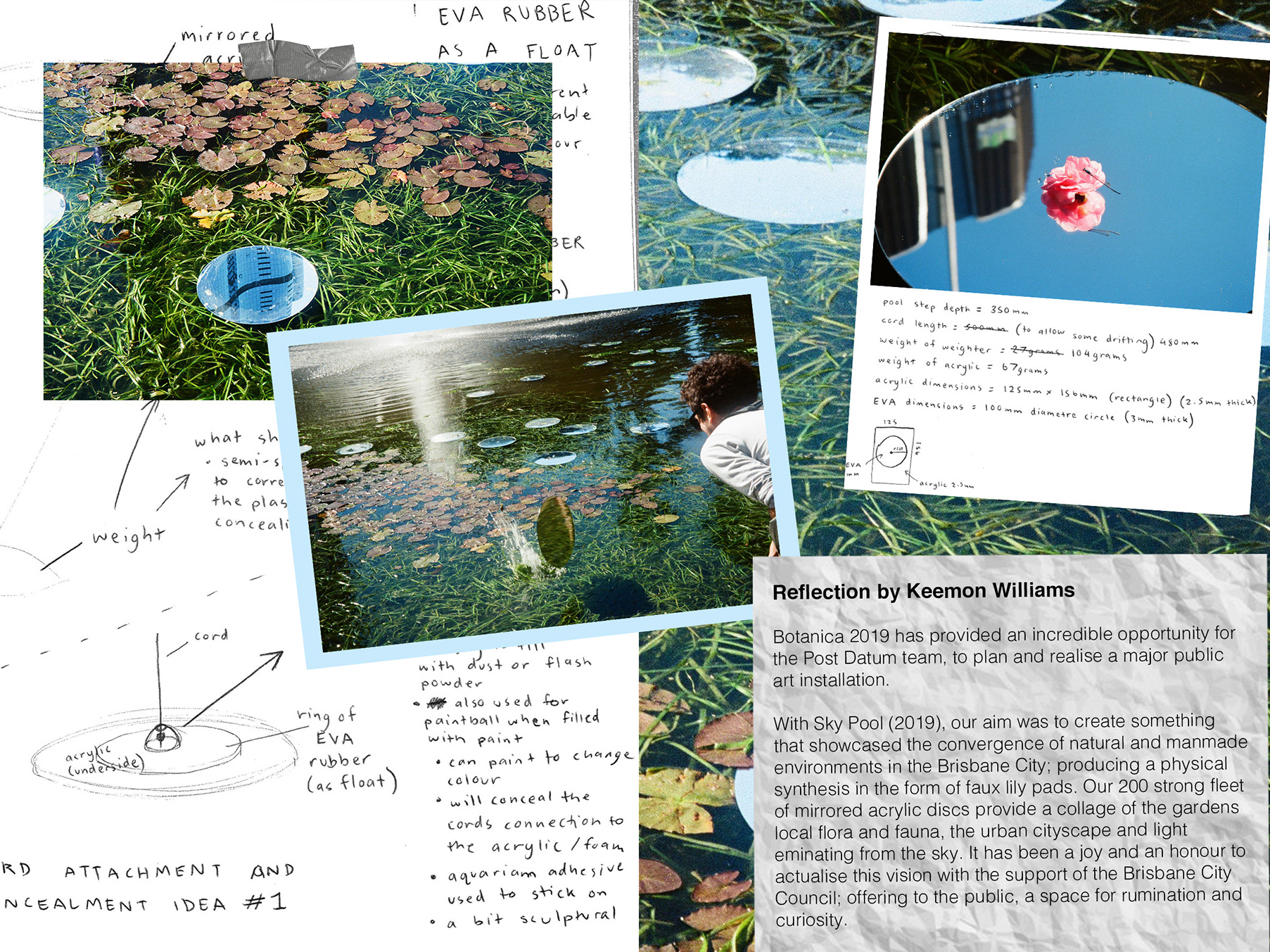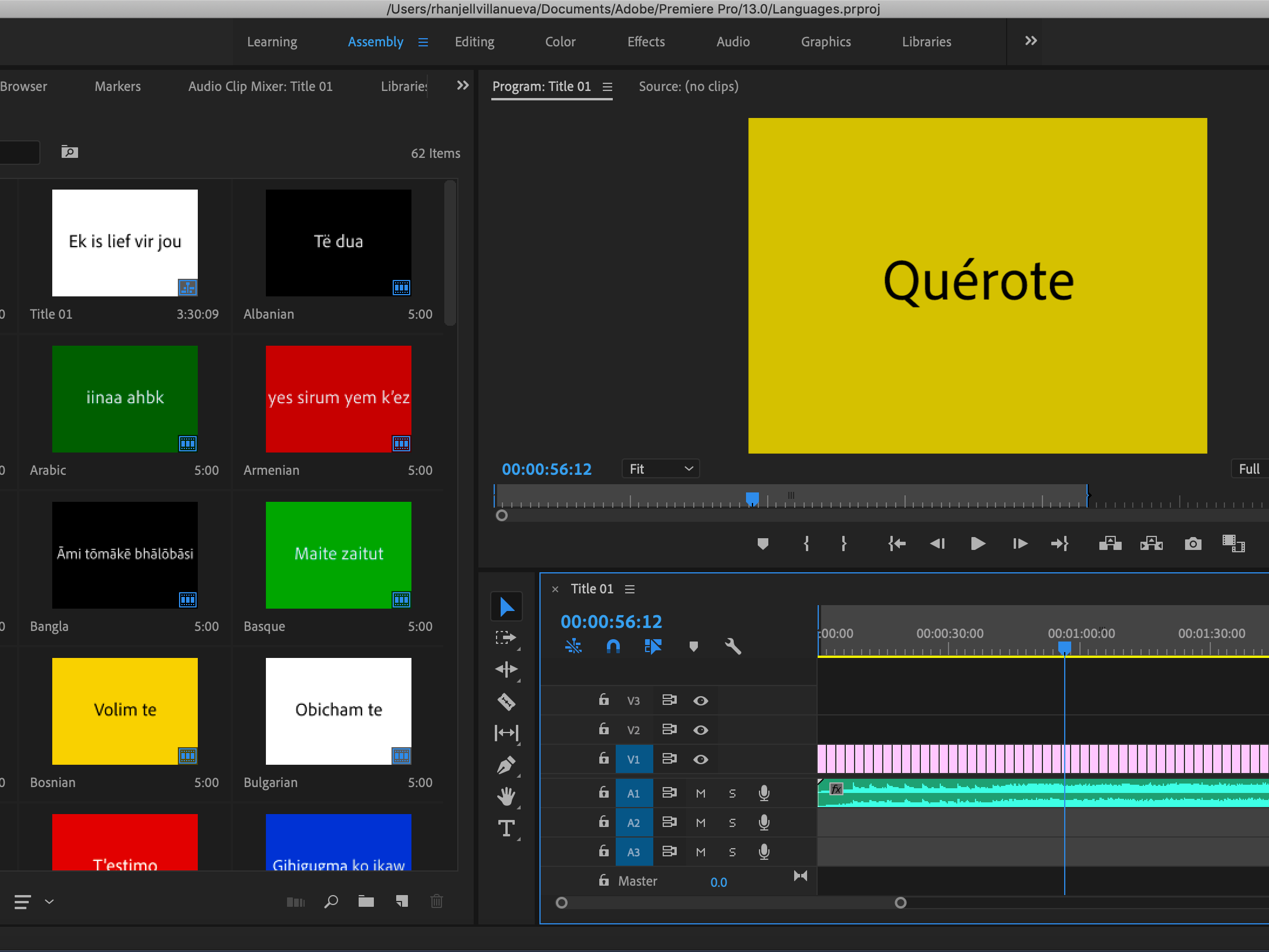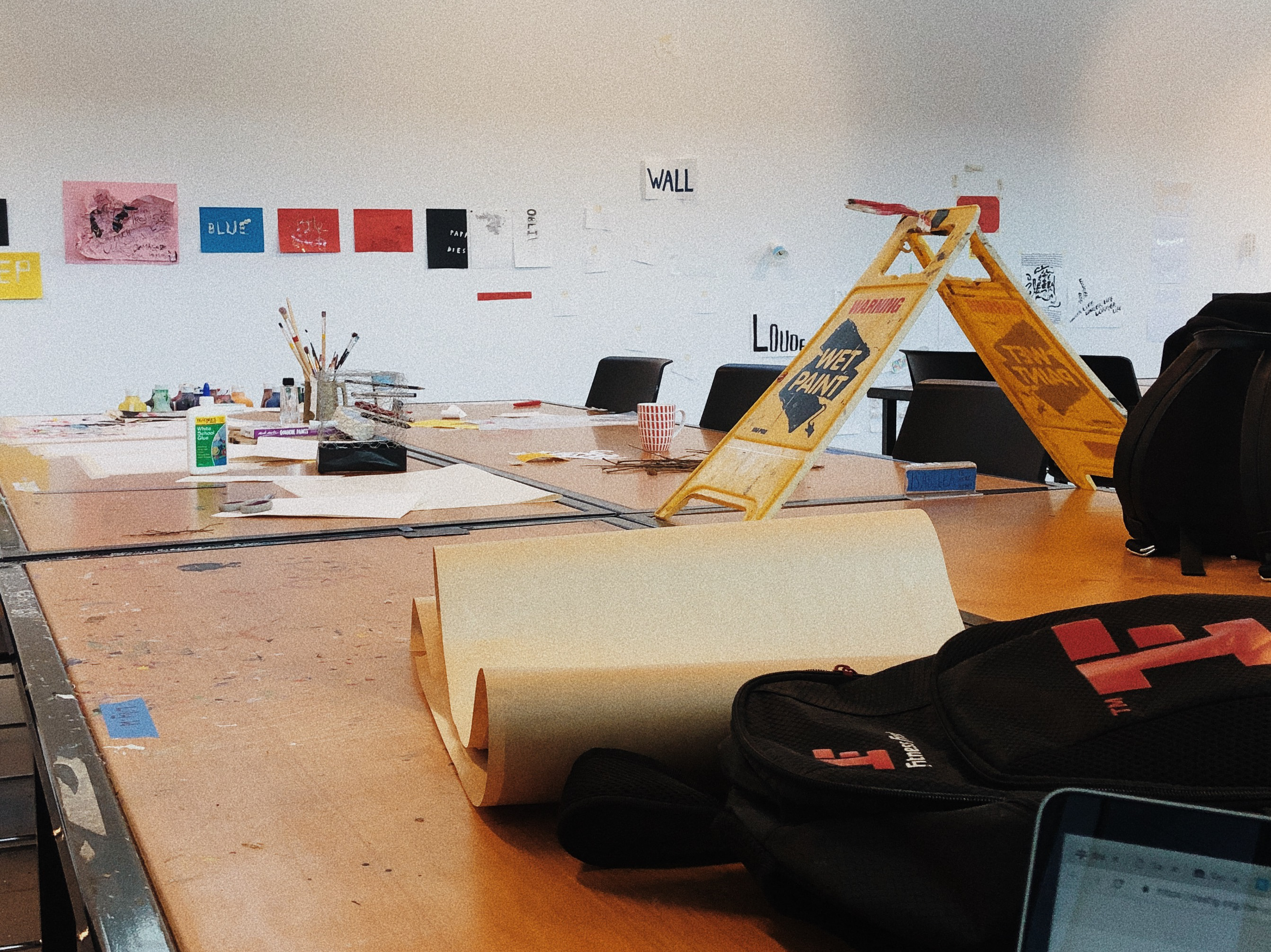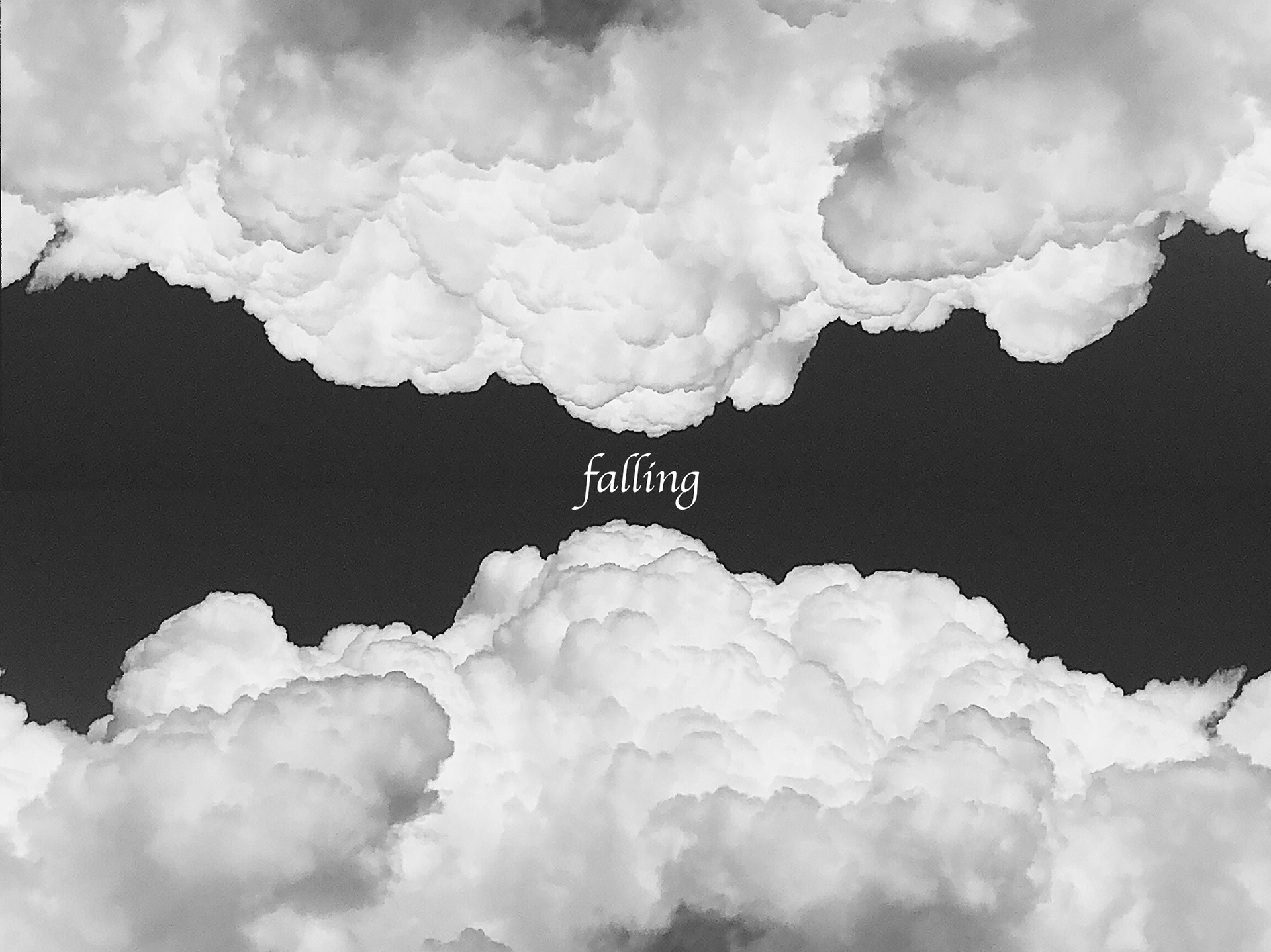"Crazy Love," (2019)
Form/Process: Based on my research, I have compiled all the works throughout the years where people have created something and titled it 'Crazy Love'.
Content: This work is inspired by this interesting studies I have found where researchers suggest that the feeling of love itself performs the same chemical reaction that is present in people who also have mental illness. More to this in:
"Lost in Translation," (2019)
Form/Process: I have lasercutted the phrase into pieces of mdf and spray painted it after.
Content: Lost in translation (2019) is a work inspired by the Filipino culture, pre- and post- Spanish colonialism, particularly to the nearly extinct indigenous script, Baybayin. The text is in Tagalog, expressing the sentence “Nawala sa pagsasalin” which translates to “Lost in translation”. Baybayin was primarily used by native Filipinos until the Spanish took over, destroying and erasing this writing style from their culture. However Filipinos found a way to preserve it, bearing alterations from generation to generation to what we know now as the modern version of the scripture. This is conveyed metaphorically through the negative spaces from which the characters have literally been taken out, but the gold layer underneath reveals traces of this ancient scripture.
This work ultimately raises the importance of preserving cultural heritage. Language and writing systems are both connected to culture and without it, we wouldn’t truly understand the deeper meaning of our origin. Cultural identity goes hand in hand with expression of that particular identity which leads to value, which then leads to preservation. Without value, nothing can be preserved.
While the typical viewer wouldn’t really understand the writing, it is important for me as an artist for them to at least recognise which culture it is from, just like we recognise Japanese, Chinese, and other foreign writing styles.
"Love, X" (2019)
Form/Process: Love, X (2019) is an installation work with a participatory aspect that is comprised of several handwritten love letters. These letters are sealed in 6x4cm white envelopes and are displayed in a grid format against a white wall, where only the names of the recipients are visible at the front of each individual envelope.
The handwritten names that the viewers see allude to the authors’ personal touch and involvement to this work. It also sparks curiosity to the viewers on who might these letters are for. Additionally, this work appears to embody a minimalistic facade through the consistent use of white envelopes which contrasts the complexity of the content of the letters inside.
Content: These letters initially came into fruition through a participatory act, where people were chosen at random and asked to write a love letter to a significant other, friend, or family. However, as the work progresses, I have noticed that the idea of a ‘love letter’ seems to catch a lot of people off guard. As a result, I have revised the initial idea and ran a workshop where people were asked to write things that they love about themselves and share it with the group afterwards. This aims to introduce the concept of self-love, an idea that is so easy to be misinterpreted and overlooked in today’s society.
During the workshop, I have read a rationale to everyone about my work and what I am aiming to do:
I have noticed that the term ‘love letter’ seems to terrify a lot of people. When the word “love,” comes to mind, we typically think of our significant others. We think of family, friends, crushes, celebrities, but there is one thing that is rarely ever thought about. Self love. It is so cliche to say that without loving yourself first, how could we love somebody else? But it is true and there’s more to it than what meets the eye.
Self love — Self-esteem is like that, except it is yourself that you love, care for and feel proud of. When children believe they are valuable and important, they take good care of themselves. They make good decisions about themselves which enhance their value rather than break it down.However, personally I think that as a society, we are moving to this grey area of the self-love spectrum. Fuelled by social media, we’ve become not only selfish but narcissistic. We have blurred the lines between compassion for self and selfishness.
Our idea of self love has been distorted. As our culture now assigns so much value to physical appearance, personal achievement and success symbols, it’s become easier to overstep our boundaries and others’ in the name of self-care.Self-love means knowing ourselves to such an extent that we accept who we are, with all our strengths and flaws.When we really love ourselves, we know that we are no more important than others. We understand that self-love means awareness, acceptance and compassion. We recognise that, in loving ourselves, we bring our best selves forward and become a better person overall.
Both form and process are significant elements that generate the pragmatism for this work. This is the theory that—art takes patience, dedication, creativity, open mind, and an open heart and so does love. Therefore this encourages the idea that love is art, and the concept of writing a love letter to someone is a potential art form itself. In today’s society where emails, texts and status updates are our primary way of communication, handwritten letters just appear to encapsulate the beauty and rawness when expressing our emotions.
